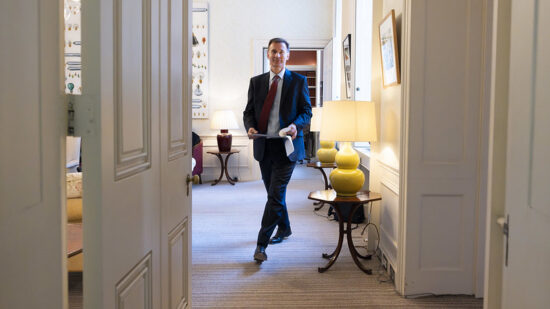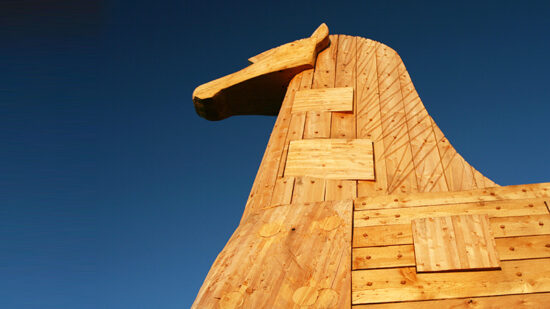The US economy finds itself in a remarkably different place at the start of 2017 compared with the year before.
January 2016 saw a respectable but somewhat disappointing 151k jobs added in the US, a noticeable slowdown in growth from the last months of 2015. But, really, the main narrative centred around China’s ballooning debt problem, with nervous analysts heralding the dawn of another global crisis.
By contrast, the US economy has begun 2017 with a robust headline job growth figure. An additional 227,000 jobs were created in the US in January, beating analysts’ expectations of 180k jobs and marking a four-month high in job growth. And all of this in spite of Trump’s tumultuous first few weeks in office, which have seen the new president flexing his power to bring a number of controversial campaign promises to life.
But there were also obvious weak points in the nonfarm report. Unlike 2016’s payroll data, which saw unemployment fall under 5% for the first time since 2008, the level of unemployed individuals rose from 4.7% to 4.8%.
Also, average earnings growth slowed to 2.5% from 2.8% in December, reflecting a 0.1% monthly rise in earnings. Last January, the monthly rise in earnings was 0.5%, however.
Although the Federal Reserve has repeatedly insisted it will raise rates multiple times throughout 2017, the highs and lows of January’s employment data muddies the waters somewhat.
“Today’s Non Farms print was as strong as last month’s was disappointing, yet the reflex dollar rally was quickly given back as traders cast their eyes through the detail of an underwhelming overall jobs report,” explained Foenix Partners managing director Richard de Meo.
While de Meo admits some seasonal challenges should be taken into consideration when evaluating the US economic picture, he suspects the fall in average earnings and rise in unemployment is likely to ruffle some feathers at the Federal Open Market Committee.







